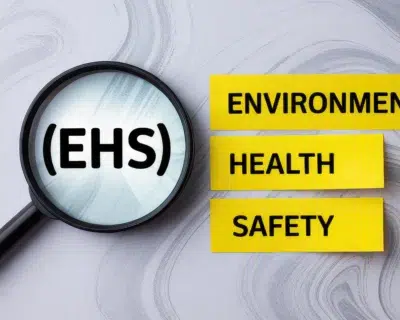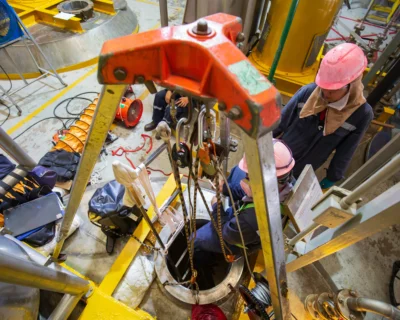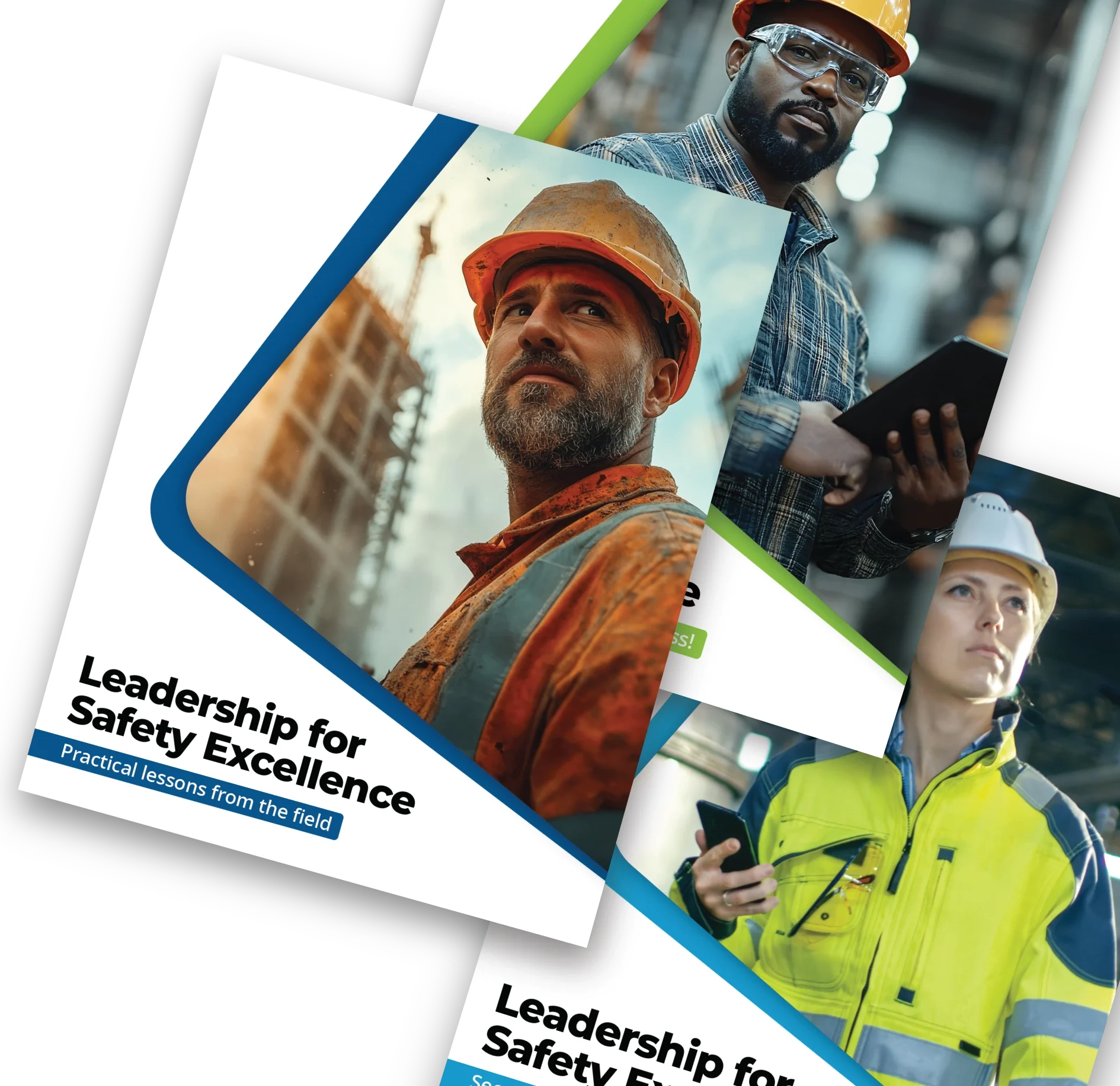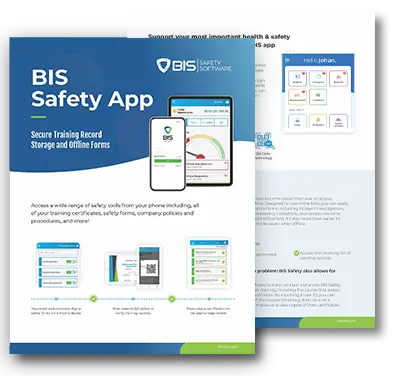
Top 12 Traits of Exceptional Safety Leaders
In 2019, the landscape of workplace safety in the United States was marked by a sobering figure from the National Safety Council: 4,572 lives were lost in private industry due to workplace incidents. This stark statistic serves as a reminder of the indispensable role that safety leadership plays, particularly in inherently high-risk sectors such as construction, oil extraction, and mining. Distinguishing oneself as a safety leader par excellence requires the embodiment of key traits that not only prioritize safety but also inspire others to follow suit.
1. Lead by Example
One of the most impactful ways to promote safety in the workplace is to model the behavior you expect from others. For example, Elon Musk, CEO of Tesla and SpaceX, is known for his hands-on approach and involvement in the operational aspects of his companies, demonstrating a commitment to innovation and safety. This ground-level approach has allegedly led to a better perspective which reflects better decision making.
Merely talking about safety isn’t sufficient. Cultivating a robust safety culture necessitates demonstrating safe behavior consistently—whether on-site, in the office, or during training sessions. Being a paragon of safety encourages others to adhere strictly to rules, policies, and procedures rather than seeking shortcuts.

2. Set High Expectations for Colleagues
Leaders who expect the best from their teams often achieve outstanding safety records. Mary Barra, CEO of General Motors, emphasizes the importance of safety and quality in her leadership, pushing for higher standards across all aspects of the company.
While good leaders maintain high standards for themselves, exceptional leaders expect the best from everyone around them. It’s crucial to address inappropriate conduct and educate others on proper practices. Equally important is acknowledging individuals who embody the desired safety culture, thereby motivating better behavior and illustrating the standards of acceptable conduct.
3. Challenge the Status Quo
Challenging existing practices to improve safety can lead to significant advancements. Paul O’Neill, former CEO of Alcoa, focused on safety as a top priority, resulting in a dramatic decrease in workplace accidents and transforming the company’s culture.
Enforcing compliance can sometimes be met with resistance, yet outstanding leaders persist regardless. By advocating for what’s right and challenging inappropriate actions, you not only gain respect but also encourage a safer environment for everyone.
4. Leadership Beyond Titles
True leadership in safety doesn’t rely on job titles but on actions that inspire and influence others. Indra Nooyi, the former CEO of PepsiCo, exemplified this by prioritizing employee wellness and safety, influencing the broader corporate culture.
Leadership is defined not by titles but by actions. You emerge as a leader by consistently making the right choices and inspiring others to do the same. Simple strategies to motivate your team—regardless of their position or rank—include public recognition of positive behavior, mentoring newcomers, and establishing safety objectives for the whole organization.
5. Embrace Continuous Improvement
Constantly seeking ways to improve safety measures is key. Jeff Bezos, founder of Amazon, continuously looks for innovation and efficiency, applying these principles to improve safety standards within the company’s vast operations network.
In an ever-evolving landscape marked by technological advancements and regulatory updates, there’s always scope for enhancement—even within the finest organizations. True safety leadership is characterized by a commitment to continual self-improvement. This involves evaluating performance metrics, celebrating successes, and pinpointing areas for growth. Recognizing that leadership development is an ongoing journey is a hallmark of exemplary safety leaders.
Here’s how you can make continuous improvement a part of your daily work routine:
- Set Clear Goals: Know what you want to achieve.
- Example: If your goal is to improve customer satisfaction, start by identifying specific areas where feedback has indicated the need for improvement, such as faster response times.
- Ask for Feedback: Find out what others think you can do better.
- Example: After finishing a project, ask your team and clients for honest feedback on what could have gone smoother.
- Learn New Things: Always be on the lookout to learn something new that can help you improve.
- Example: Take an online course to improve your skills in areas like project management or customer service.
- Reflect on Your Performance: Regularly look back at your work to see what’s working and what isn’t.
- Example: At the end of each week, review your completed tasks and identify one thing you did well and one thing you could improve on.
- Make Small Changes: You don’t have to change everything at once. Small adjustments can lead to big improvements.
- Example: If meetings are running too long, try setting a stricter agenda or using a timer to keep things on track.

6. Act Swiftly on Feedback
Effective leaders act quickly on feedback to enhance safety. Satya Nadella, CEO of Microsoft, has created a culture where feedback is valued and used to make immediate improvements, enhancing both safety and productivity.
Feedback transforms into a valuable asset when it leads to enhanced outcomes and performance. An effective leader values input from every level within the organization, demonstrating the capacity to swiftly assess feedback, prioritize actions, and implement solutions.
7. Cultivate Respect
Respect is foundational for a safe working environment. Tim Cook, CEO of Apple, emphasizes the importance of respect and dignity in the workplace, which fosters a culture of safety and cooperation.
Respect is fundamental in any workplace, extending from the newest employees to the highest executives. Demonstrating respect might seem intangible, but it starts with active listening and engaging in meaningful, balanced interactions. It’s crucial to remember that respect is both earned and continuously nurtured.
8. Practice Empathy
Understanding and empathizing with employees can lead to more effective safety measures. Sheryl Sandberg, COO of Facebook, promotes empathy in leadership, encouraging a workplace where safety concerns are understood and addressed with compassion.
Exceptional leadership is rooted in empathy—the ability to understand and share the feelings of others. By considering how your actions and words might impact those around you, you not only gain insights into your effect on the team but also make more informed, collective-focused decisions.
9. Communicate Effectively
Clear and effective communication is crucial for safety leadership. Alan Mulally, former CEO of Ford Motor Company, was renowned for his effective communication skills, ensuring safety protocols were clearly understood and implemented across the company.
Effective communication goes beyond mere consistency and tone; it strikes a delicate balance between being cordial and straightforward. Avoiding circumlocution when conveying messages or directives is key. Furthermore, effective communication entails discretion. Leaders often have access to sensitive information, necessitating judicious sharing and confidentiality.
10. Own Your Mistakes
Leaders who take responsibility for safety lapses and learn from them build stronger, more resilient teams. Jack Welch, former CEO of General Electric, was known for his straightforward approach and willingness to address and learn from mistakes, including those related to safety.
When things don’t go as planned, a true leader steps up, not back. Here’s how you can be that leader by taking responsibility:
- Own Your Mistakes: Admit when you’ve messed up. It’s tough, but it shows you’re honest.
- Example: If a project misses its deadline, don’t blame the team. Say, “I should have planned better. Let’s fix this together.”
- Learn from Errors: Find out what went wrong and how to make sure it doesn’t happen again.
- Example: If a presentation didn’t go well because it wasn’t rehearsed enough, next time, schedule practice sessions.
- Support Your Team: If someone on your team makes a mistake, don’t throw them under the bus. Work with them to get better.
- Example: If a team member forgets an important task, help them set up a reminder system for next time.
- Keep Improving: Always look for ways to do better. This shows you’re committed to growth.
- Example: Regularly ask for feedback on what you and the team can do better and act on it.
By showing you can take responsibility, you not only set a strong example for your team but also create a culture where everyone feels safe to learn and grow. This makes your team stronger and more successful in the long run.
11. Stay in the Know
Staying informed about the latest safety regulations and trends is crucial. Ginny Rometty, former CEO of IBM, prioritized staying ahead of technological and regulatory trends, applying this knowledge to enhance workplace safety.
To be a leader who really stands out, it’s key to always know what’s up in your field, especially when it comes to safety. Here’s how to stay sharp and informed:
- Read Up: Always have your eyes on the latest news and updates about safety. Websites, newsletters, and journals are great for this.
- Example: Subscribe to a popular safety magazine or website and check out their latest articles during your morning coffee.
- Learn from the Pros: Follow experts and thought leaders on social media or their blogs. They often share valuable insights and updates.
- Example: Find a safety expert on LinkedIn who shares updates and discussions about new safety regulations or trends.
- Share Knowledge: When you learn something new, don’t keep it to yourself. Share it with your team or in meetings.
- Example: If you discover a new piece of safety equipment that could benefit your workplace, bring it up in the next team meeting.
- Apply What You Learn: It’s not enough to just know things; you have to use that knowledge. Find ways to apply new safety trends and regulations in your workplace.
- Example: If there’s a new safety protocol for equipment, arrange a training session for your team to learn and implement it.
By keeping up with the latest in safety, you’re not just doing your job; you’re taking proactive steps to ensure everyone’s well-being and showing that you’re a leader who truly cares about your team’s safety and success.
12. Ditch the Negativity and Reward Others
Positive approaches to safety challenges can lead to better solutions. Tony Hsieh, the late CEO of Zappos, fostered a positive corporate culture that encouraged creative problem-solving, including in the area of safety.
Sure, it can feel good to vent about work stuff, but just complaining doesn’t fix anything. Try not to get sucked into negative chats about safety rules. Instead, get your team together for brainstorming sessions to come up with solutions that keep everyone following the rules and staying productive.
It’s always better to reward over reprimand. Rewarding good behaviour can only do good. After all, life gets prioritized through incentives. Rewarding good behaviour can increase the frequency of safe and exemplary performance. There are many ways to achieve this, like reward software or gift cards.




































